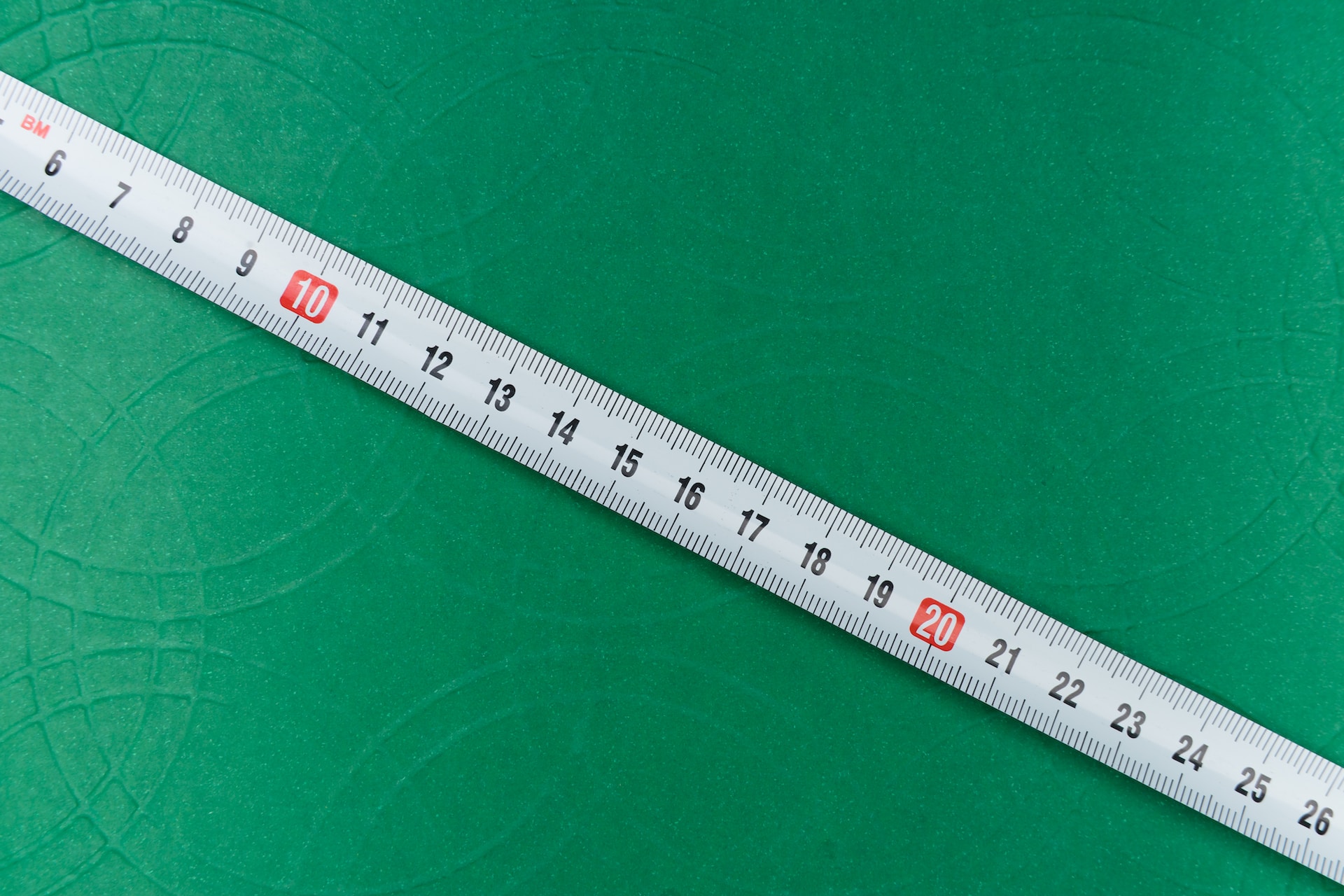When it comes to measuring length and distance, two systems of measurement dominate the world: the English system and the Metric system. These systems have different units and conversion factors, and understanding the differences between them is crucial for accurate measurements and effective communication. In this article, we will explore the intricacies of length and distance measurements in both the English and Metric systems.
The English system, also known as the Imperial system, originated in England and was widely used in the British Empire and later in the United States. It is characterized by its use of units such as inches, feet, yards, and miles. The Metric system, on the other hand, is a decimal-based system that was developed in France and is now the most widely used system of measurement globally. Its fundamental units include millimeters, centimeters, meters, and kilometers.

Let’s start by examining the units of measurement in each system. In the English system, the inch is the smallest unit of length, equivalent to 1/12th of a foot. Twelve inches make up a foot, and three feet make a yard. Finally, 5,280 feet constitute a mile. In contrast, the Metric system is based on powers of ten. There are 1,000 millimeters in a meter, 100 centimeters in a meter, and 1,000 meters in a kilometer. This decimal nature makes the Metric system highly intuitive for conversions between units.
Converting between English and Metric units of length requires understanding the conversion factors. For example, to convert inches to centimeters, one must multiply the length in inches by 2.54. Similarly, to convert feet to meters, the length in feet must be multiplied by 0.3048. To convert miles to kilometers, one multiplies the length in miles by 1.609.
It is important to note that the Metric system’s simplicity and consistent use of decimal prefixes make it more favorable for scientific and international applications. Consequently, most countries have adopted the Metric system as their standard, including the scientific community. However, the English system remains prevalent in some regions, notably the United States, where it is used for everyday measurements such as road distances and height.
The advantages of the Metric system are evident when considering its ease of use and logical conversions. In contrast, the English system’s irregularities can lead to confusion and errors. For instance, the conversion between units in the English system is not as straightforward. There are 12 inches in a foot, but three feet in a yard, and 5,280 feet in a mile. Remembering these conversion factors can be challenging and may require reference tables or calculators.
Another notable difference between the two systems is the use of prefixes to denote different orders of magnitude. The Metric system employs prefixes such as kilo-, centi-, and milli-, which represent factors of 1,000, 1/100, and 1/1,000, respectively. This consistent use of prefixes simplifies calculations and promotes a better understanding of the relationship between different units.
The English and Metric systems differ significantly in their approach to length and distance measurements. While the English system uses units like inches, feet, yards, and miles, the Metric system employs millimeters, centimeters, meters, and kilometers. The Metric system’s decimal nature and logical conversions make it more convenient for scientific and international use, while the English system’s irregularities can complicate conversions and lead to errors. Understanding the differences between these systems is essential for accurate measurements and effective communication in a globalized world.


